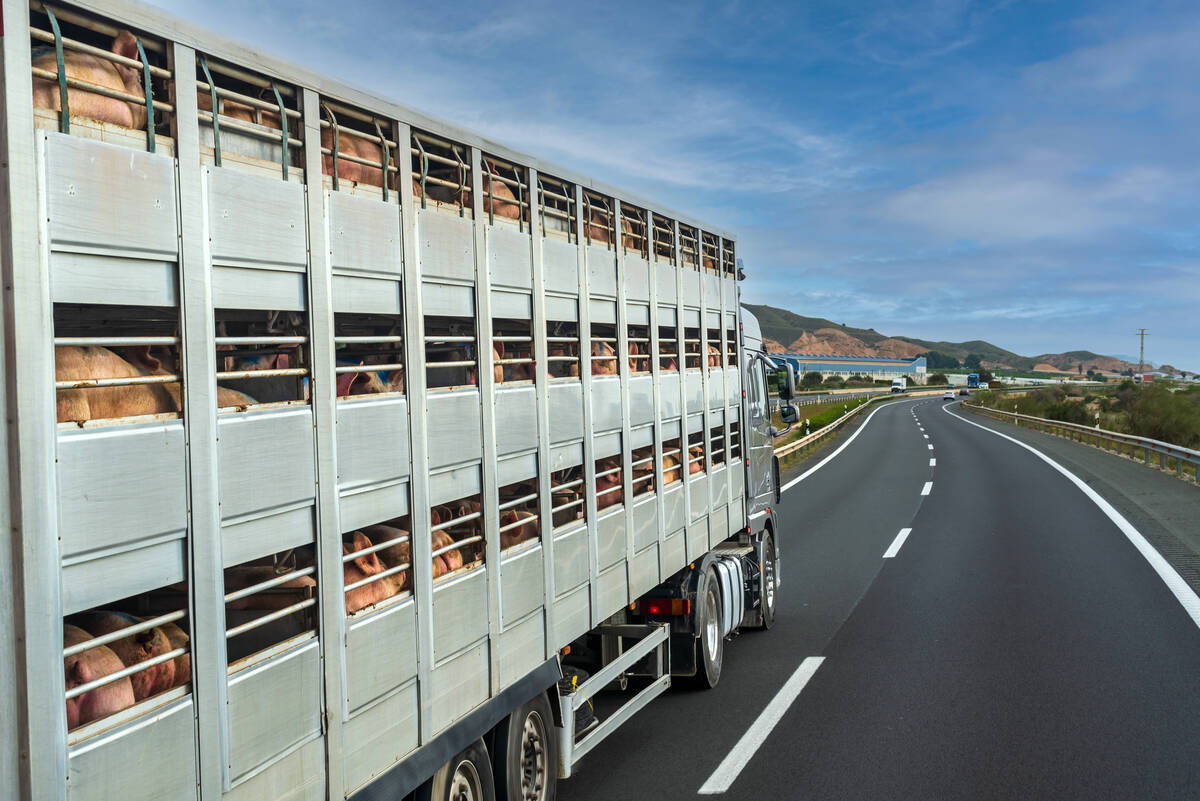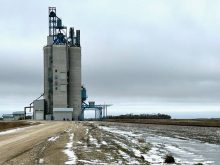Western Canadian feeder cattle prices continue to ratchet higher as feedgrain prices come under pressure. While overall auction volumes remain light, demand appears to be fairly aggressive for any larger groups of feeders with quality.
U.S. markets continue to lead Canadian values higher trading $2 to $4 per hundredweight (cwt) in comparison to seven days earlier. Feed barley south of Calgary is trading in the range of $210 to $220 for September delivery, down from current prices of $260 delivered Lethbridge for first-half August arrival. U.S. corn is expected to trade under US$220 per tonne delivered Lethbridge during October and November, which will keep a lid on feedlot input costs.
Read Also

Canada, Philippines make African swine fever zoning agreement
Canada and the Philippines have signed an African swine fever (ASF) zoning arrangement, a measure that should ensure trade can continue between the countries during outbreak of the disease.
There were no major features reported this week. A small mixed group of steers weighing just under 850 pounds sold for $148/cwt in the Lethbridge area. Mixed steers with no special feature averaging 950 lbs. sold for $142/cwt in the same region. Light-weight cattle under 600 lbs. were not well established, with quoted values for 500-lb. steers at $160 to $170/cwt in the Calgary area. Many auction markets are advertising major yearling sales in the last half of August, which will provide a more definite market structure for the fall period.
The function of the feeder cattle market in Canada and the U.S. is to encourage expansion. Therefore, with plentiful feedgrain and forage supplies across North America, this will be the first fall period that the market experiences significant heifer retention which will further shrink available supplies. Look for the steer heifer discount to be historically narrow this fall.
When grain prices are low and feeder cattle prices are at historical highs, the smaller farmer/cattle producer with old corrals starts to fix up pens for backgrounding his or her own calves or buying fresh calves. Total grain and oilseed production in Western Canada could reach a record this year, so we will see farmers who haven’t fed cattle in a while back in the feeding business in some shape or form.
— Jerry Klassen is a commodity market analyst in Winnipeg and maintains an interest in the family feedlot in southern Alberta. He writes an in-depth biweekly commentary, Canadian Feedlot and Cattle Market Analysis, for feedlot operators in Canada. He can be reached by email at [email protected] for questions or comments.















